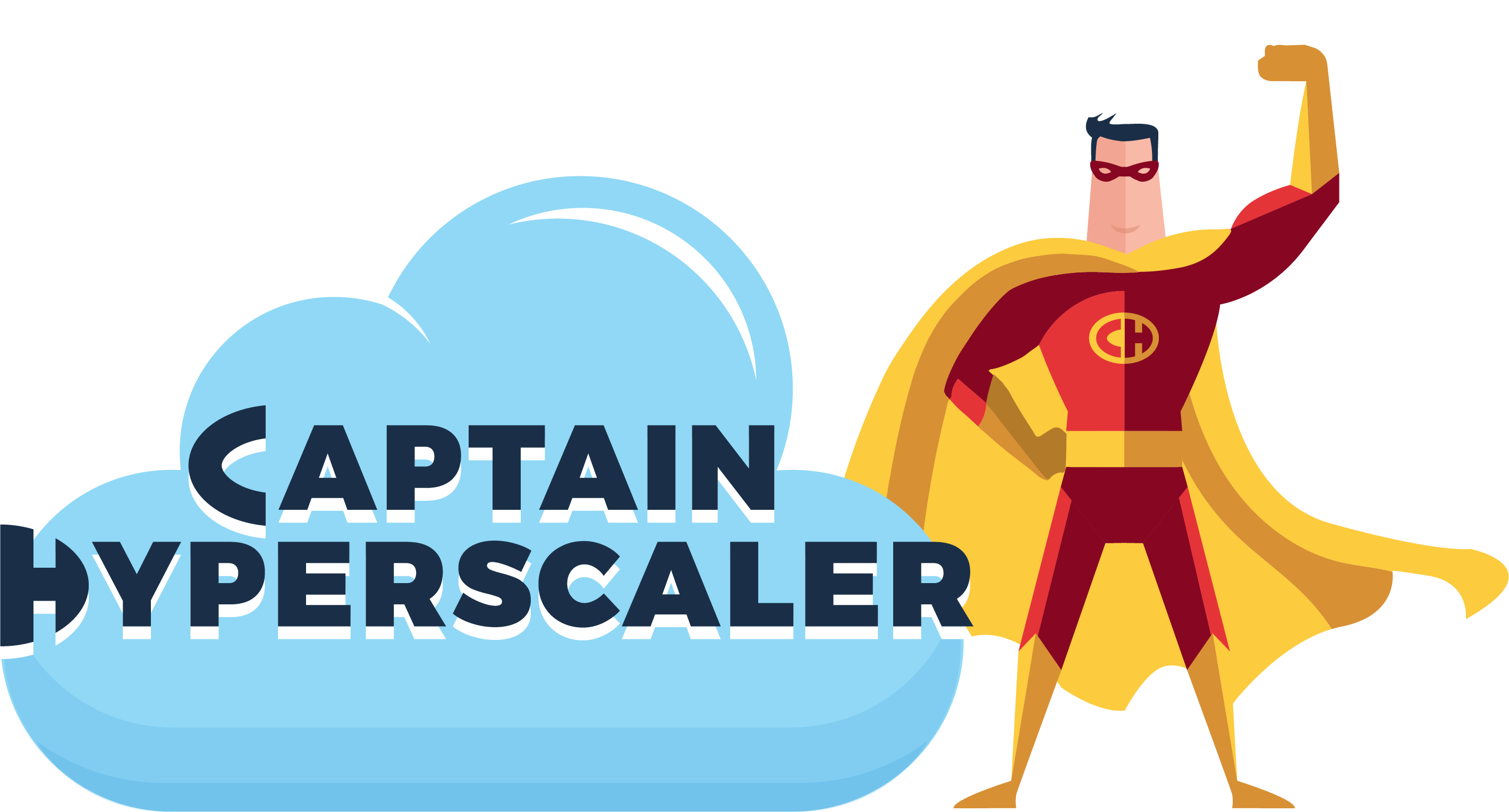What I have learned about EBS on AWS
Amazon-Web-Services ·This is the fourth post of content for preparing yourself for becoming an AWS Solutions Architect Associate.

In this post, we are going to focus on Elastic Block Store, EBS, on AWS.
As I have done previously let’s look at the similarities and differences to the closest equivalent in Azure. EBS is the disk volume for data on compute service within AWS. It is the same as a Managed disk on an Azure Virtual Machines.
EBS is persistent block storage for EC2 instances and is automatically replicated within an availability zone to provide high availability and durability.
Five types of EBS:
- General purpose (SSD) - used for typical workloads (API name - gp2). 16,000 IOPS. 1GB-16TB
- Provisioned IOPS (SSD) - high speed read and write. Best for databases (io1). 64,000 IOPS. 4GB-16TB
- Throughput Optimized hard disk drive (HDD) - for big data and data warehouses (st1) - 500 IOPS. 500GB-16TB
- Cold Hard disk drive (HDD) - file servers and lowest cost volume for less frequently accessed workloads (sc1) - 250 IOPS. 500GB-16TB
- Magnetic (HDD) - infrequently accessed and previous generation. Lowest IOPS performance at 40-200. (API name is Standard). Up to 1 TB in size.
EBS Volumes and Snapshots:
- An EBS volume will be in the same availability zone as the EC2 instance.
- Can upgrade the volumes on the fly without shutting down the EC2 instance.
- Snapshot is a photograph of the disk and exist on S3.
- Can create another image from the snapshot by turning the snapshot into an AMI. Hardware assisted virtual image will provide more image types to launch and image from that snapshot.
- Snapshots are incremental. Changes are not the full snapshot, only what updates have taken place since the last snapshot.
- Creating the AMI snapshot allows you to launch the same EC2 instance into a different Availability zone or Region.
- When you terminate an instance, the root volumes will be deleted but the EBS persistent volumes remain available.
AMI-types - EBS versus Instance Store:
- Instance store is a ephemeral storage rather than persistent storage.
- Instance store is a template from S3.
- Instance stores have restrictions on the instance type.
- Instance store volumes cannot be added after the instance is created but EBS volumes can be added.
- Instance store cannot be stopped and restarted. Only rebooted or terminated. If they are stopped, you will lose the data in a failure of the host.
ENI vs ENA vs EFA ENI - elastic network interface - virtual network card. Attached automatically to your EC2 instances. ENA - enhanced networking (adapter). I/O virtualization for high performance throughput with lower CPU utilization. No additional charge but needs to be supported by the instance type. Up to 100 Gbps. EFA - elastic fabric adapter - for high performance and machine learning, or an OS bypass.
EFS - Elastic File System
Similar to Azure Storage Fileshares. Can share file systems to other EC2 instances. Add and remove files similar to a file server. Can mount EFS to share between EC2 instances for high availability. Need to create a NFS rule in the security group to allow access.
Supports Network File System v4 (NFSv4). Only pay for storage used. Petabyte scale.
EFS is a managed NAS native to Unix and Linux.
Amazon FSx
FSx for Windows - Windows files system on a managed Windows server running SMB file servers. Supports AD users, access control lists, groups, and security policies.
FSx for Lustre - hundreds of IOPS, compute intensive workloads, sub milli-second latencies. High performance compute and video processing workloads. Stores directly on S3.
I hope that you are enjoying this information so far. It is helping me to continue to comprehend these services as I prepare for the exam myself. Thank you very much.
Reference links:
What I’ve Learned about IAM on AWS
https://captainhyperscaler.github.io/amazon-web-services/2022/03/20/aws-iam
What I’ve Learned about S3 on AWS
https://captainhyperscaler.github.io/amazon-web-services/2022/03/20/aws-s3
What I’ve Learned about EC2 on AWS
https://captainhyperscaler.github.io/amazon-web-services/2022/03/22/aws-ec2
What I’ve Learned about EBS on AWS
https://captainhyperscaler.github.io/amazon-web-services/2022/03/22/aws-ebs
What I’ve Learned about Cloudwatch on AWS
https://captainhyperscaler.github.io/amazon-web-services/2022/03/22/aws-cloudwatch
What I’ve Learned about RDS on AWS
https://captainhyperscaler.github.io/amazon-web-services/2022/03/22/aws-rds
What I’ve Learned about Route 53 on AWS
https://captainhyperscaler.github.io/amazon-web-services/2022/04/01/aws-dns
What I’ve Learned about VPC on AWS
https://captainhyperscaler.github.io/amazon-web-services/2022/04/01/aws-vpc
What I’ve Learned about High Availability on AWS
https://captainhyperscaler.github.io/amazon-web-services/2022/05/01/aws-ha
What I’ve Learned about Applications on AWS
https://captainhyperscaler.github.io/amazon-web-services/2022/05/02/aws-apps
What I’ve Learned about Security on AWS
https://captainhyperscaler.github.io/amazon-web-services/2022/05/03/aws-security
What I’ve Learned about Lambda and serverless on AWS
https://captainhyperscaler.github.io/amazon-web-services/2022/05/04/aws-serverless
